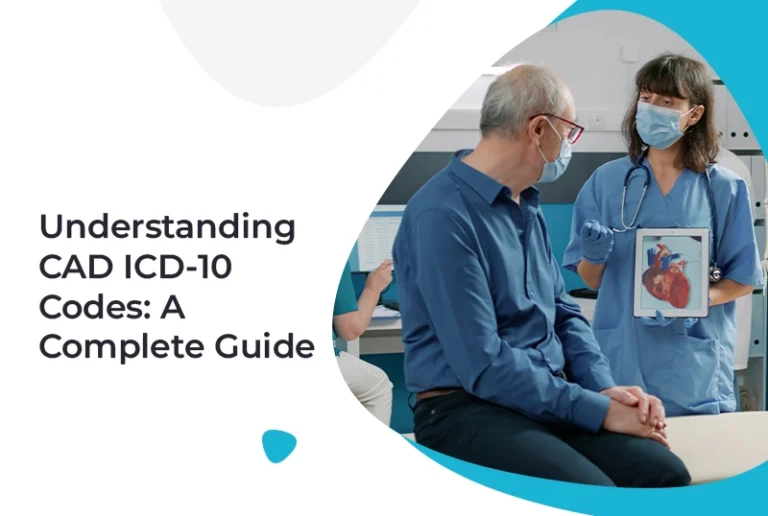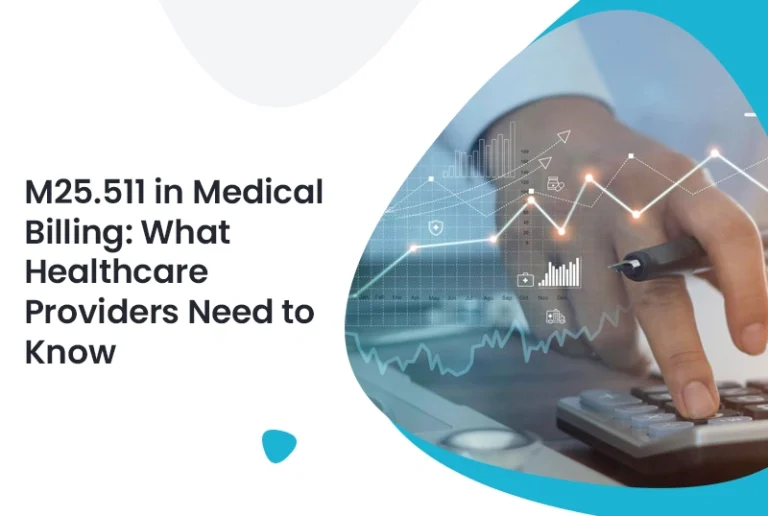Understanding medical billing codes is crucial for accurate reimbursement and compliance. One such code, 33 POS in medical billing, often causes confusion among healthcare providers. If you’re unsure what this code stands for or how it impacts billing processes, this guide will break it down.
As a medical billing company, we know how proper use of Place of Service (POS) codes can influence claim acceptance and reimbursement. Code 33 is unique, especially for services delivered via telehealth. Let’s explore its purpose, best practices, and billing implications.
What Is POS 33 in Medical Billing?
POS 33 refers to Telehealth Provided in the Patient’s Home. Introduced by CMS, this code is used when a healthcare provider delivers a telemedicine service, and the patient is located in their home at the time of service.
It was officially added to accommodate the growing need for remote care, especially after the COVID-19 pandemic pushed virtual healthcare into the mainstream.
Key Facts About POS 33:
- Place: Patient’s home
- Used for: Telehealth services
- Effective date: January 1, 2022
- Type: Non-facility setting
- Payment rate: Generally reimbursed at the non-facility rate
When Should You Use POS 33?
You should use 33 POS in medical billing when:
- The patient is located at home during the telehealth session.
- The service is provided using real-time interactive audio and video.
- The payer (such as Medicare) recognizes POS 33 for that CPT or HCPCS code.
For example, a psychologist conducting therapy over Zoom to a patient at home would bill with POS 33. However, if the patient is at a clinic, POS 02 (telehealth provided other than in the patient’s home) would be more appropriate.
Want more information? Read here: Copay vs Deductible: What Do These Terms Really Mean?
How POS 33 Impacts Reimbursement
Using POS 33 can directly affect the amount of reimbursement you receive. Medicare reimburses telehealth services delivered under POS 33 at the non-facility rate, which is usually higher than the facility rate.
This adjustment ensures fair payment for providers using their own resources to deliver care remotely. It also reflects the cost savings of not using a physical facility.
Pro Tip: Always verify payer-specific guidelines, as commercial insurers may have different requirements or interpretations of POS 33.
Common Errors to Avoid with POS 33
Even experienced billers make mistakes with 33 POS in medical billing. Here are common errors to avoid:
- Using the wrong POS code: Submitting POS 02 when the patient is at home can result in lower reimbursement.
- Incorrect modifier usage: Many telehealth services require modifier 95 to indicate synchronous real-time interaction.
- Billing non-telehealth services: Only telehealth sessions qualify for POS 33.
- Missing documentation: Always include detailed records of the telehealth visit, including time, platform, and patient consent.
Role of Credentialing and Compliance
POS coding also ties into credentialing services, as providers must be properly credentialed for telehealth with each payer. If a provider is not authorized to deliver virtual care, claims using POS 33 may be denied.
Proper credentialing ensures:
- Network participation for virtual care
- Timely payments
- Reduced administrative rework
Maintaining accurate credentials and understanding payer policies is key to ensuring compliant use of POS 33.
POS 33 vs POS 02: What’s the Difference?
While both are telehealth-related POS codes, they differ in patient location:
| POS Code | Description | Setting |
| POS 02 | Telehealth (other than patient’s home) | Hospital, clinic, etc. |
| POS 33 | Telehealth Provided in the Patient’s Home | Home-based virtual session |
This distinction matters for billing accuracy and impacts the reimbursement rate structure. Always code based on the patient’s physical location.
POS 33 and the PC Ratio in Billing
Understanding the pc ratio in medical billing (Professional Component vs. Technical Component) helps clarify how POS 33 interacts with reimbursements. Telehealth services typically reflect only the professional component since no equipment or facility is used.
When billing with POS 33:
- Only the provider’s time and expertise are billed.
- No technical component is included.
- It affects how RVUs are calculated and paid.
This makes documentation and CPT code selection even more important for fair reimbursement.
Best Practices for Billing with POS 33
Follow these best practices to ensure compliant and optimized billing:
- Confirm the patient location before assigning the POS code.
- Add modifier 95 where applicable.
- Stay updated with Medicare and private payer policies.
- Train staff regularly on telehealth billing changes.
- Audit claims for proper POS and modifier usage.
Why POS 33 Is Here to Stay
Telehealth is no longer a temporary solution. CMS’s continued support for 33 POS in medical billing signals its long-term role in modern healthcare. As virtual care becomes standard, understanding billing codes like POS 33 ensures that providers get properly reimbursed while staying compliant.
If you’re unsure how to manage your billing or need support integrating telehealth services into your revenue cycle, consider working with a medical billing company like ours to streamline the process.
Final Thoughts
POS 33 represents a significant shift in how we deliver and bill for care. As regulations evolve and payers adapt, mastering the use of 33 POS in medical billing is vital for maximizing revenue and minimizing denials.
Need help staying compliant and profitable with telehealth billing? Whether you need guidance with POS coding, help with provider enrollment, or expert credentialing services, Precision Hub is here to support your practice.
FAQs (frequently asked questions)
1. What does POS 33 mean in medical billing?
It refers to telehealth services delivered when the patient is at home.
2. Is POS 33 reimbursed at the non-facility rate?
Yes, Medicare reimburses POS 33 at the non-facility rate, which is generally higher.
3. When should I use POS 33 vs. POS 02?
Use POS 33 when the patient is at home and POS 02 when they are at a different location like a clinic.
4. Do all insurers accept POS 33?
Not always. Some private payers may have different billing requirements. Always verify payer guidelines.
5. Is a modifier required with POS 33?
Most services require modifier 95 to indicate a real-time telehealth visit.






